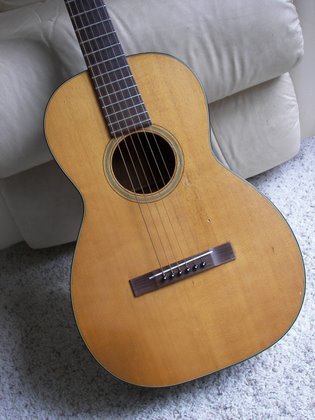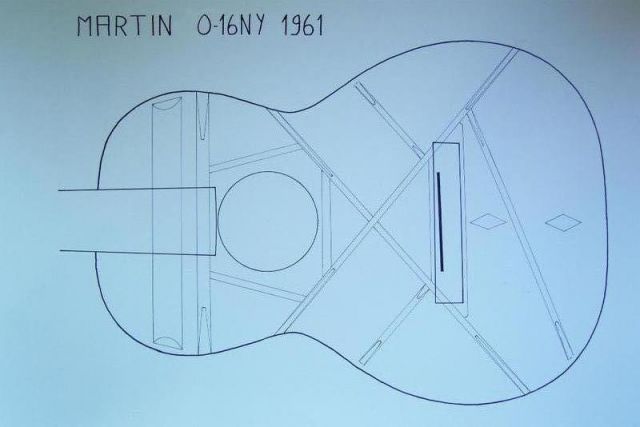Bob,
Just as a point of interest, in the 60's/70's, Maton made a cheap 'student grade' classical sized, Nylon/Steel string models called the F10/F11. The the reason for me separating these models with only a "/" is because the fact is that tuners where the only difference between them.
The F10 was a slot-head with nylon rollers while the F11 had a solid headstock with 3 on a plate open backs like so.
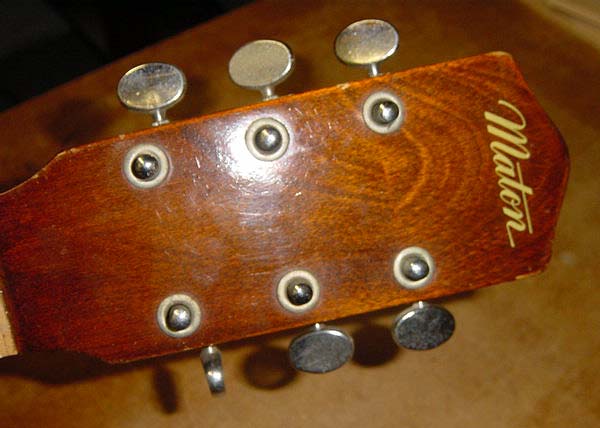
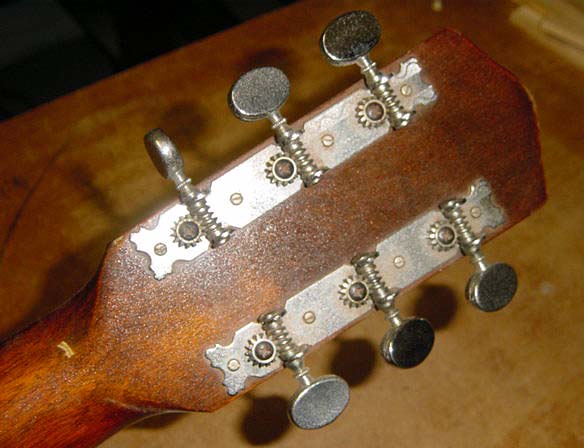
Both these guitars shared an identical bracing pattern consisting of 3 laterals for the back, and for the top, a classical bridge with tie block supported by a somewhat 'rustic' lay out of square sectioned stock.
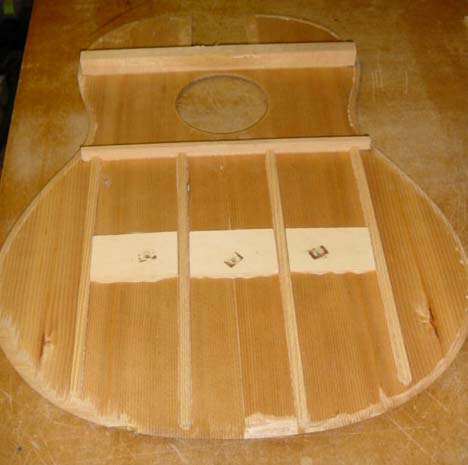
This all matched the quality of the tastefully decorative rosette transfer and heelless neck with extension mortised direct into the extended neck block quite well.

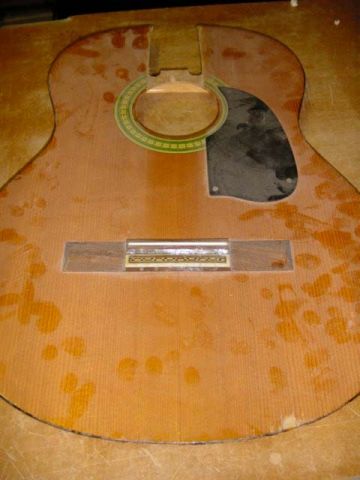
Anyhow, one of the issues for the F10/F11 was that there was no adjustable truss rod installed. This was OK for the F10 when fitted with nylon, but if you ran anything but light electric strings on the F11 you would wind up with 'good grief' relief

The above mentioned heelless neck construction made a reset out of the question.
Anyhow, whilst all this may sound woeful, the fact is that these little plywood Maton's are quite nice to sit back with on the veranda with a few beers on a sunny day but I think Colin summed up my own thoughts on guitars built to handle both Steel and Nylon strings when he wrote,
Colin wrote:
Bob, yes I've played one with nylon strings fitted. It was OK, but didn't have the dynamic range that I would want from a guitar, it was definitely pushing the limits on the amount of energy that the strings could supply to drive the top. Played next to a fan braced classical it definitely lacked something, though for a fireside guitar would be fine.
My advice for your intended project is to build with one sting type in mind or the other. I would focus on nylon and maybe thinning down the neck a little from classical dimensions more toward, bit not quite as narrow as a 30's OM, and maybe incorporate a couple of CF rods so you can get away with the smaller profile of neck without needing to add any steel.
Cheers
Kim
